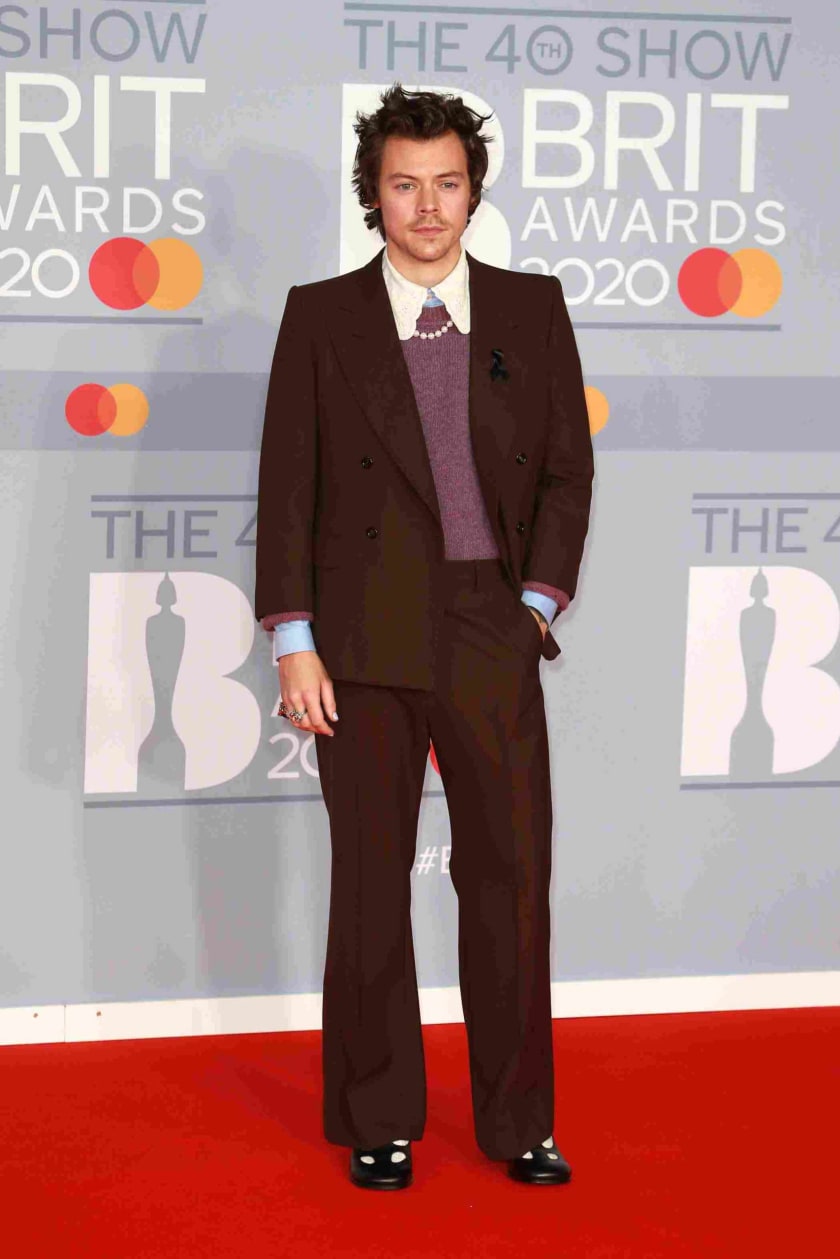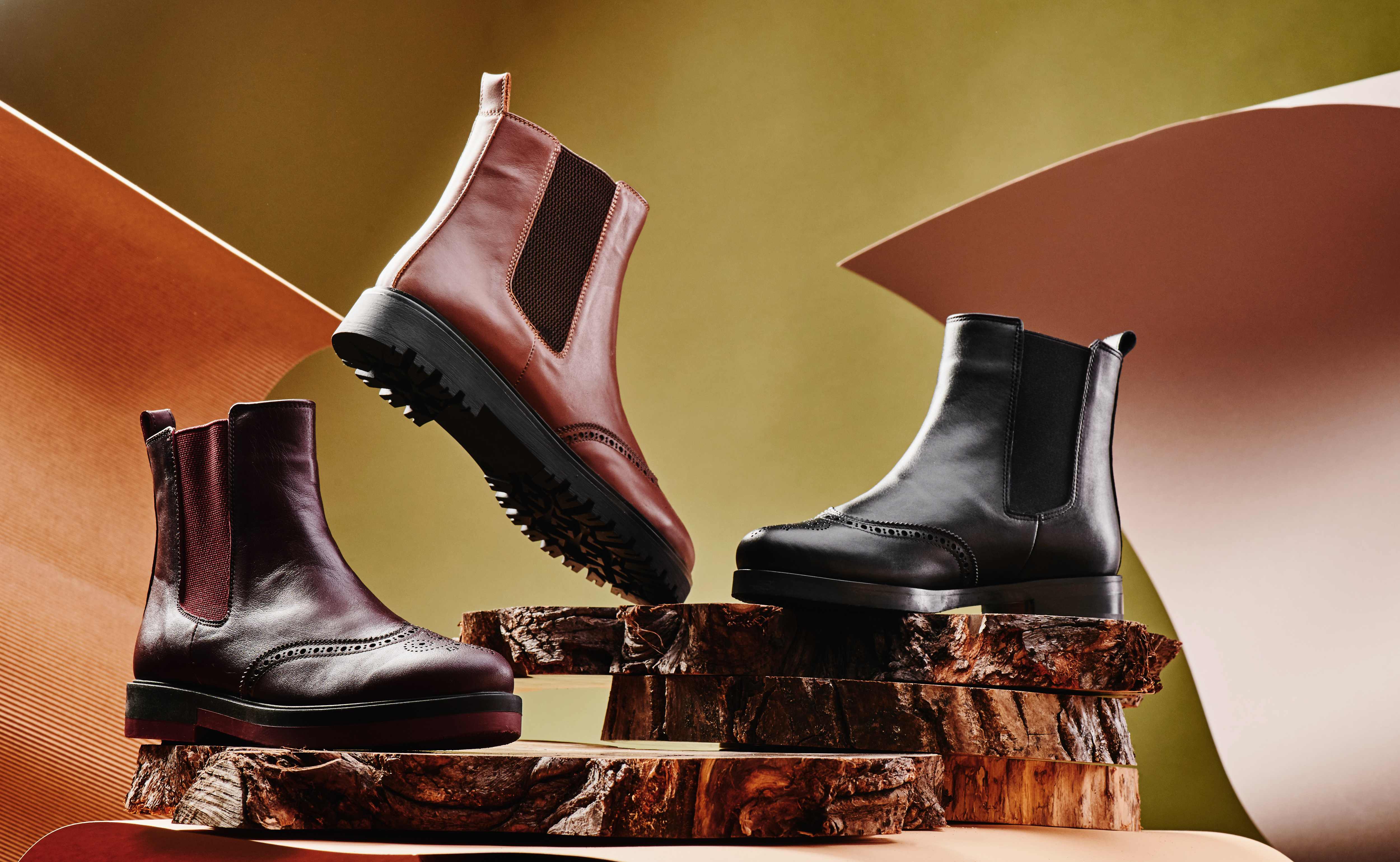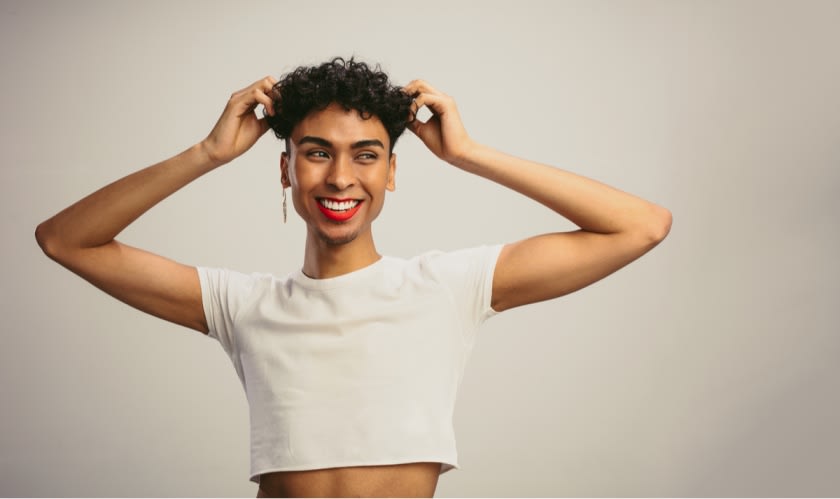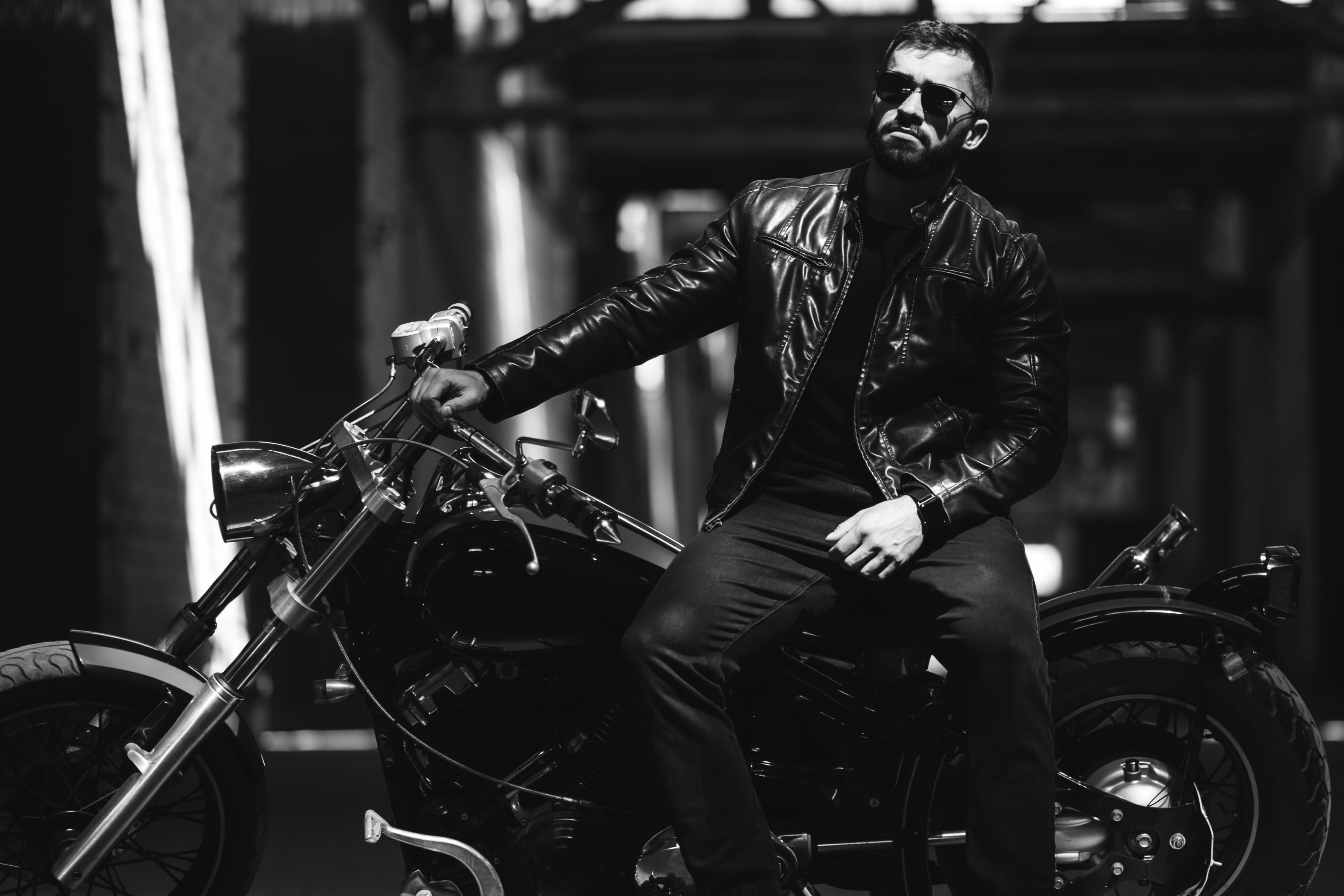Harry Styles On The Cover of Vogue: A History of Menswear



While the world of fashion is constantly evolving, some facets haven’t seen any significant change. Vogue magazine, arguably the most prominent fashion magazine globally, has seen hundreds of people on its front covers. Models, musicians, and film stars wear inspiring designs from the most popular fashion labels. Yet despite all this fashion on display, one thing has been surprisingly absent from these covers: Men.
Vogue magazine has never featured a man on its cover of a standard edition for over a hundred years. This changed in December 2020 when music star and former boyband wonder Harry Styles graced its cover. Not only did the man feature the cover of Vogue for the first time, but he did so while wearing a variety of dresses, skirts, and suits. Featuring Harry Styles in a dress, Vogue garnered considerable shock and appreciation around the world. This bold move was a step away from the suits and leisurewear that male stars usually sport on magazine covers.
This moment in history allows us to look back on the history of men’s fashion. With the move to feature Harry Styles in a dress, Vogue might have taken what’s considered a business risk today, but there have been many others throughout history. Here is a recap of menswear over the years.
- The Victorian Era, the 1800s
Menswear became more pronounced, with suits becoming shorter and men sporting stopwatches and top hats. The frock coat became more and more popular and was used constantly in Western civilizations. This was due to the coats designed by Beau Brummel, who wanted to get rid of the long suits men had been wearing.
- The 1900s
This period is when men’s clothing began to look more and more like what we see today. In this century, fashion began to rise and fall faster than usual, with entire styles coming and going in a matter of decades.
One of the most popular fashion trends that prevailed at the time was the modern necktie, an accessory that is used even today. After World War I, people looked to wear more comfortable neckties than the ascots and cravats they had seen their fathers use.
The 1920s
The suits during this time were more elaborate and tailored, with men trying to show off their newly found wealth. This is best seen with Jay Gatsby’s style from F. Scott Fitzgerald’s The Great Gatsby. The pants were baggier and different colors began to pop up, with ties also getting used more.
The 1930s
At this time, suits became longer, and people began to wear more double-breasted suits.
The 1940s
After World War II, the money sent for making suits began to be rationed for other purposes. The suits here began to be made of a less expensive fiber, with duller colors and less fabric being used.
The 1950s
The era of looser clothes came back, and peated plants made an entry. Elvis Presley set the trend when he came onto the music scene with loose polos and even looser jackets.
The 1960s
These were the years when the modern suit began to take its shape. The suits became slimmer, and sports jackets began coming in better colors, best seen in ‘Mad Men.’
The 1970s
It's time to disco, baby! The disco suit was a leisure suit with bright colors and open buttons that men came to enjoy. The clothes had more feminine features to them as well. Though they weren’t anything like Harry Styles in a dress Vogue feature, the outfits were bold for the time.
The 1980s
This decade was the decade of power suits. Popularised by Gordon Gekko, the power suit with its thin pinstripes and bold tie symbolized men of prestige.
The 1990s
This was invariably the decade when the suit lost its sense of direction. Everything became looser, and the larger proportions looked comical.
- The 2000s
The fashion world breathes a sigh of relief as well-tailored suits make a comeback. With designers like Tom Ford and Armani designing suits that fit, style and substance are on everyone’s minds.
The 2010s and 2020s
We see fashion become more and more androgynous now, with street culture being used more and more regularly. Feminine styles come back in more fashion, and it’s easy to see how Harry Styles’ in a dress Vogue feature is one that people have accepted. Suits remain classy even now, with many more styles created.
There has been a tremendous change in fashion over the last hundred years alone, and it’s exciting to see the direction it takes. Featuring fashion trailblazers (labels and artists alike) such as Harry Styles in a dress, Vogue has paved the way forward and inspired.
To stay up to date with changes in fashion, head over to Fashinza.



















